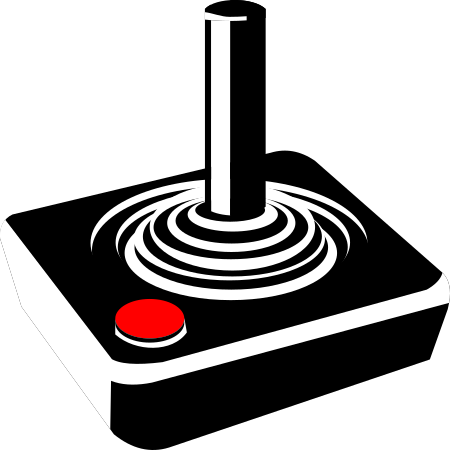

That is a true statement. You can’t have both securtiy and wireless (convenience).
Every wirelessly transmitted signal, whether it is your network signal or bluetooth, can be intercepted from afar. It is even possible to encrypt the accoustic signal emitted from a needle printer and determine what has been printed because every letter/word emits a specific sound pattern. Sound travels wirelessly. This link from 2009 refers to that. Unfortenately it is written in German and I didn’t find anything in English, but you could translate it.
Edit: typos 2 nd Edit: Addition: Needle printers are still in use - at least in Germany - for printing prescriptions at doctor’s offices, among other things. The paper used for that provides a (physical) carbon copy.










And after thet, they will turn the lighter socket into a subscription model.